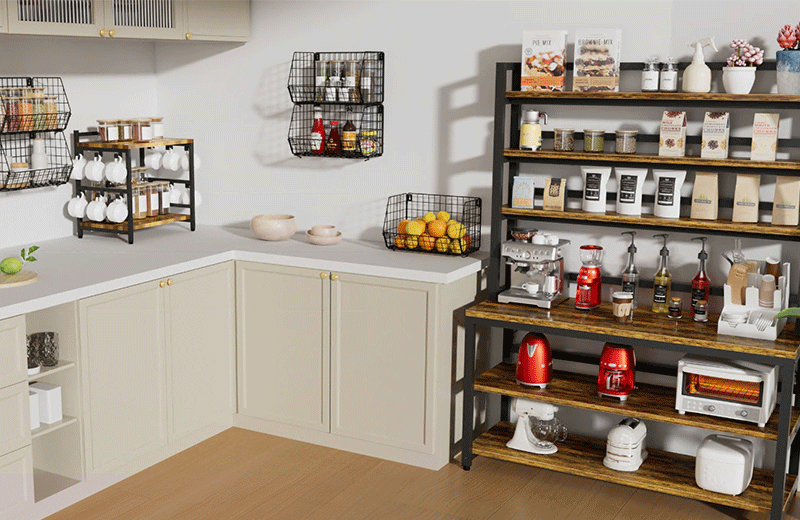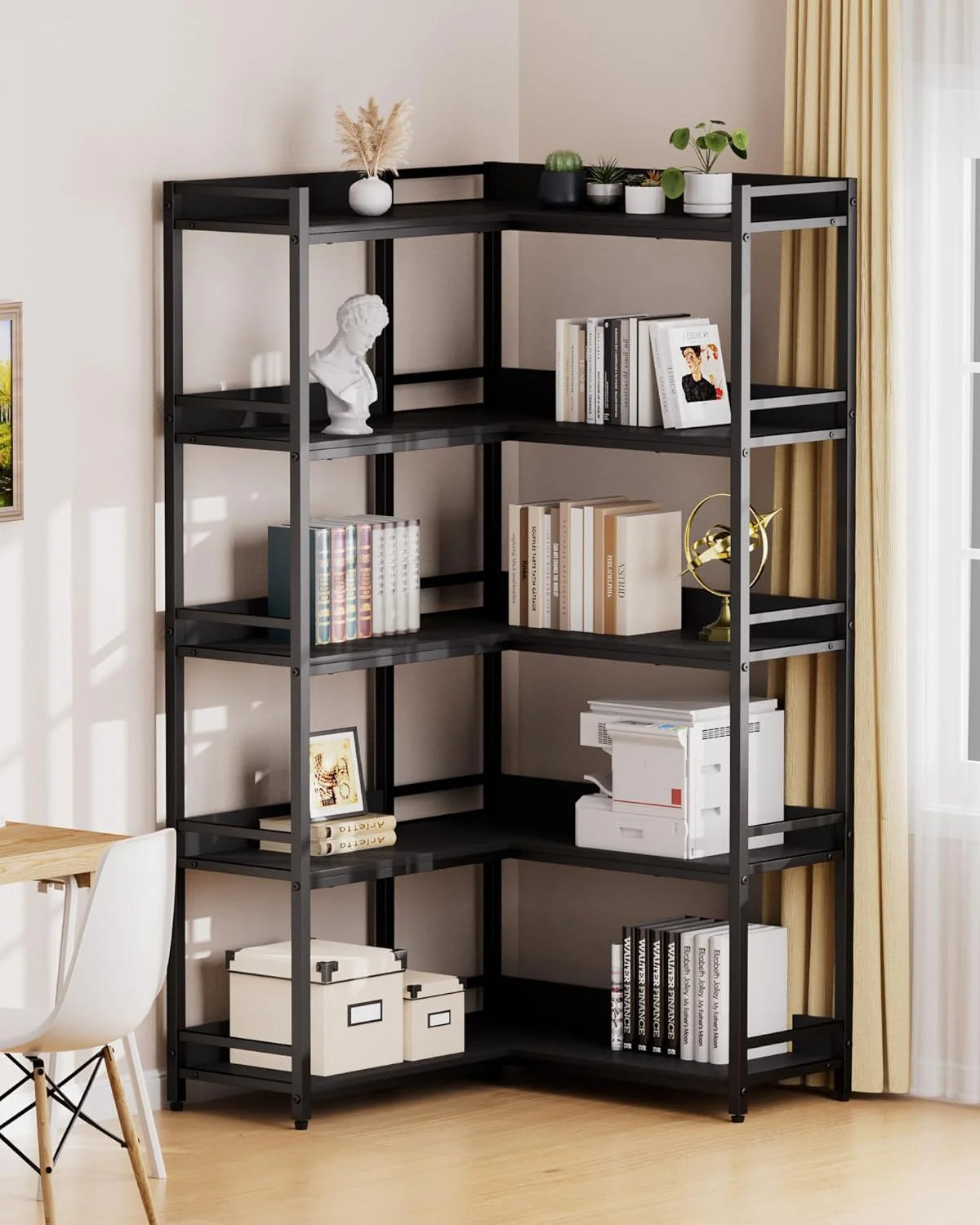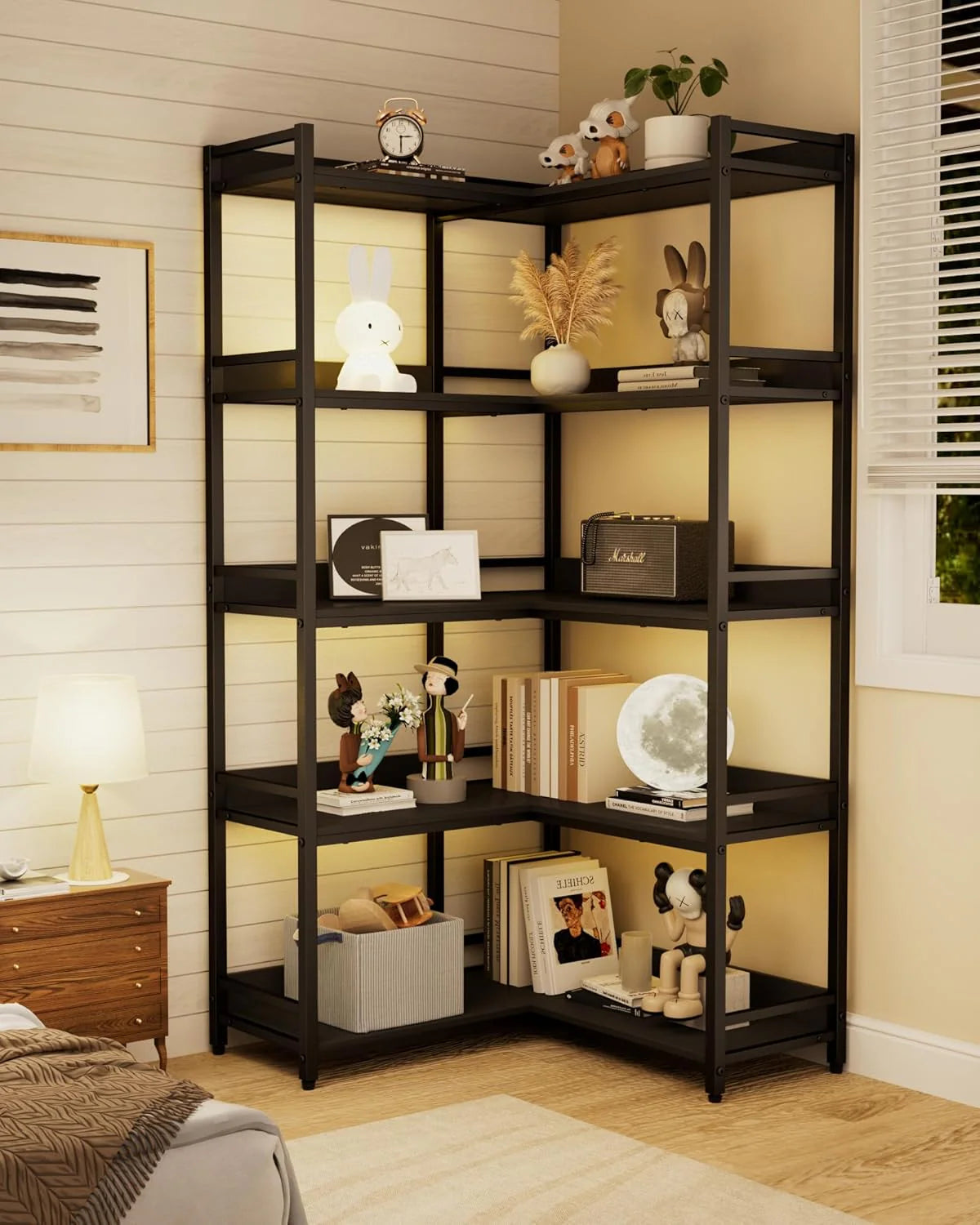When considering enhancing the storage and aesthetic appeal of your living space, a bookshelf is often a top choice. Whether you're an avid reader, a collector of knick-knacks, or simply someone who appreciates well-organized surroundings, a sturdy and stylish bookshelf can make a significant difference. However, one of the first questions that often arises is whether it's more economical to buy a ready-made bookshelf or to build one yourself. This decision involves weighing various factors, including cost, time, skill level, personal preference, and long-term value. In this article, we'll delve into the pros and cons of both options to help you make an informed decision.
Cost Analysis
Buying a Bookshelf
Initial Investment:
The most apparent advantage of purchasing a bookshelf is convenience. You can head to a local furniture store, browse through various designs, and take home a bookshelf that fits your needs immediately. Ready-made bookshelves come in a wide range of prices, starting from budget-friendly options around $20 for small, basic models to luxurious, custom-made pieces costing several hundred or even thousands of dollars.
Hidden Costs:
While the initial cost might seem straightforward, there are hidden expenses to consider. Delivery fees can add significantly to the price, especially for larger or heavier items. Assembly might also require time and tools you might not already possess, adding to the overall expenditure. Moreover, if you're not completely satisfied with the piece or it doesn't fit perfectly in your space, returning it can incur additional costs and hassle.
Building a Bookshelf
Materials and Tools:
On the other hand, building a bookshelf yourself allows for greater customization and often results in significant cost savings. The primary expense here is the cost of materials—wood, screws, glue, paint, or stains. Depending on your location and the quality of materials you choose, these costs can vary widely. Basic pine or particleboard might cost around 50 for enough material to build a small to medium-sized shelf, while hardwood like oak or maple could double or triple that amount.
Tools such as a drill, screwdriver, hammer, saw, and measuring tape are also necessary. If you don't already own these, they represent an upfront investment. However, these tools can be reused for future DIY projects, making them a valuable long-term investment.
Time and Skill:
Your time and carpentry skills are also indirect costs. Building a bookshelf can take anywhere from a few hours to a couple of days, depending on complexity and your experience level. If you're a beginner, expect to spend more time on research, measurements, and learning basic woodworking techniques. There's also the potential for making mistakes, which can lead to wasted materials and increased costs.
Quality and Durability
Bought Bookshelves
When you buy a bookshelf, you're usually relying on the manufacturer's quality control. Higher-end shelves are often constructed from sturdy materials and finished with durability in mind. They often come with warranties that cover structural issues.
However, lower-priced options might use cheaper materials like particleboard, which can sag over time or be susceptible to water damage. These shelves might also lack the stability and longevity of custom-built pieces.
Built Bookshelves
Building your own bookshelf gives you complete control over the quality and durability. You can choose high-quality materials, reinforce joints, and ensure every piece fits perfectly. This attention to detail can result in a bookshelf that lasts for decades, especially if you opt for hardwood and proper finishes.
That said, the quality of your homemade bookshelf will largely depend on your skills and the precision of your work. Imperfections and structural flaws can lead to early wear and tear.
Customization and Aesthetics
Bought Bookshelves
While furniture stores offer a variety of styles, sizes, and finishes, the options are still limited to what's available on their shelves. Finding a bookshelf that perfectly matches your home's decor, exact dimensions, and functional needs can be challenging.
Built Bookshelves
Customization is where DIY bookshelves shine. You can design a shelf that fits precisely into the available space, choose the materials, colors, and finishes that match your decor, and add unique features like built-in lighting, adjustable shelves, or even hidden storage compartments. This level of personalization is impossible with most off-the-shelf options.
Environmental Impact
Considering sustainability and the environmental impact of your purchase is increasingly important. Ready-made bookshelves, especially those made from particleboard or MDF, often contain harmful chemicals and contribute to deforestation. On the other hand, using reclaimed wood or sustainably sourced lumber for your DIY project can significantly reduce your carbon footprint.
Time and Effort
Building a bookshelf takes time and effort, which are valuable resources. If you're pressed for time or don't enjoy DIY projects, the convenience of buying a pre-made shelf might outweigh the potential savings. Conversely, if you have the time, enjoy working with your hands, and find fulfillment in creating something unique, building your own bookshelf can be a rewarding experience.
Long-Term Value
In terms of long-term value, a well-built, custom bookshelf can be a significant asset. It can increase the functional and aesthetic appeal of your home, potentially boosting its resale value. Even if you don't plan to sell, a sturdy, beautifully crafted bookshelf can be a cherished piece of furniture that serves multiple generations.
Conclusion
So, is it cheaper to buy or build a bookshelf? The answer isn't straightforward. If you're looking for immediate convenience, a ready-made bookshelf might be the way to go, especially if you're on a tight budget or lack the tools and skills for DIY projects. However, if you're willing to invest time and effort, building your own bookshelf can offer unparalleled customization, improved durability, and a sense of accomplishment. Moreover, by opting for sustainable materials, you can contribute positively to the environment.
Ultimately, the decision hinges on your personal priorities, budget, skills, and the value you place on unique, personalized home decor. Regardless of which option you choose, ensure that your bookshelf serves its purpose efficiently and enhances the ambiance of your living space.







